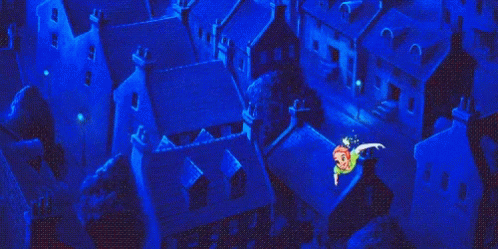
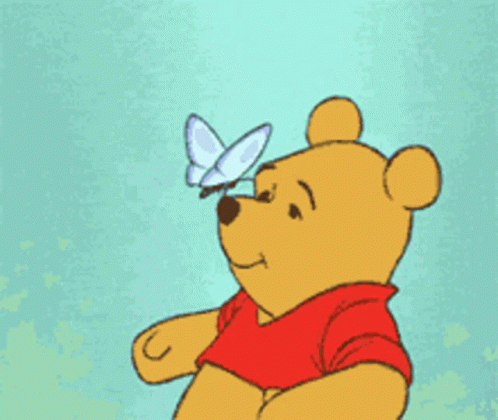
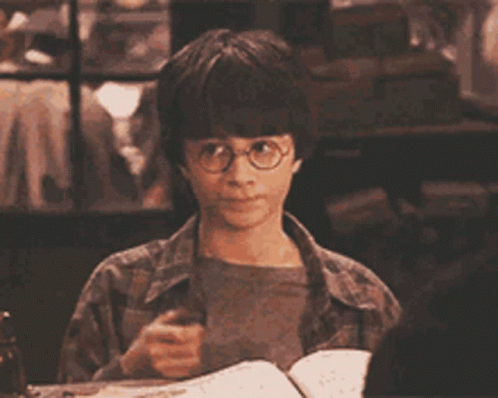
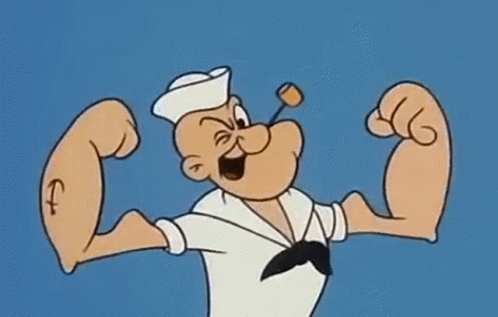
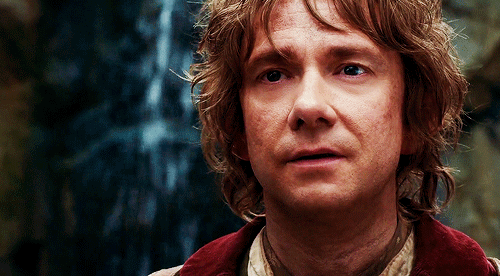
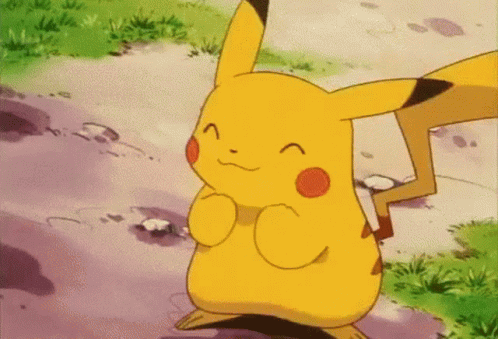
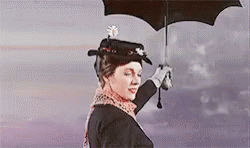
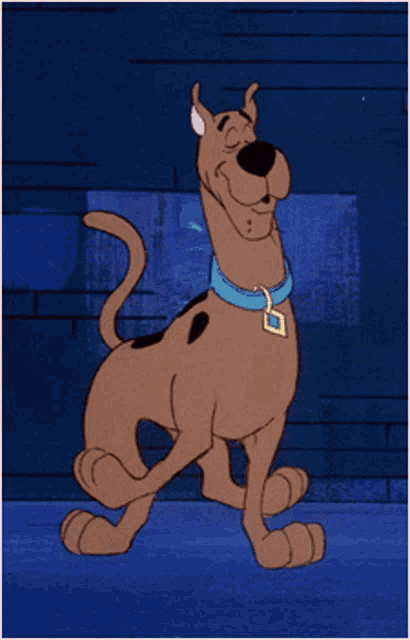
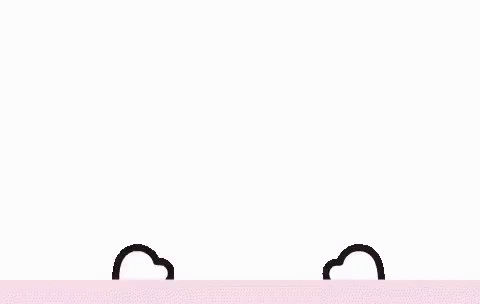
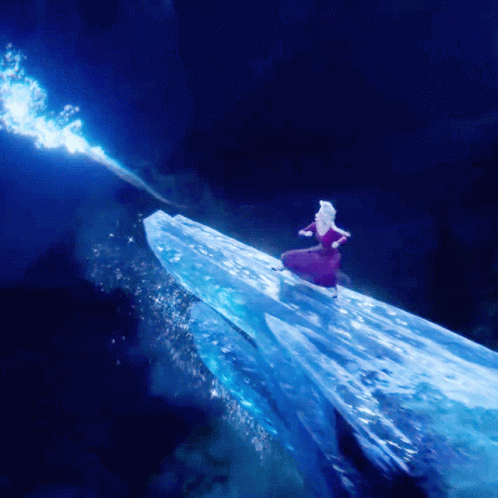
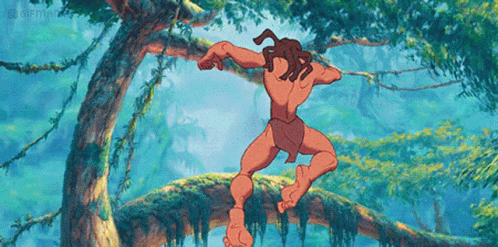
Good day to everybody! The 5000 Characters test may have caught your attention. A quiz featuring a variety of characters was provided for you today. Which movie character are you? Which fictional character overall do you resemble? Find out by answering 20 questions! I hope today is enjoyable for you!
In fiction, a character is a person or other being that makes an appearance in a story, whether it be from:
Hello there! Do you like Encanto? If so, we invite you to our quiz! What character are you from Encanto? Answer all the questions to find out now!
Depending on whether a character is completely made up or based on a real-life person, the line between one “real” figure and a “fictional” figure can be drawn. The English word, that is Greek in origin, dates back to the Restoration era, but it wasn’t until Tom Jones debuted in 1749 that it started to become widely used.
Thus, the concept of “a role played by an actor” was created. Dramatis personae, which translates to “masks of the play” in English, was the term once used to refer to characters who actually wore masks. When portrayed by a performer in a play or film, a character may at times involve “the impression of being a human being.”
Do you like fictional characters? We also invite you to our 5000 character test! Answer all the questions to find out which character resembles you the most!
Reading novels with characters helps readers understand the concepts and narratives by guiding them through the stories. Being “in character” refers to an actor’s excellent mimicry. Since the 19th century, character development has been known as “characterization,” whether by actors or authors.
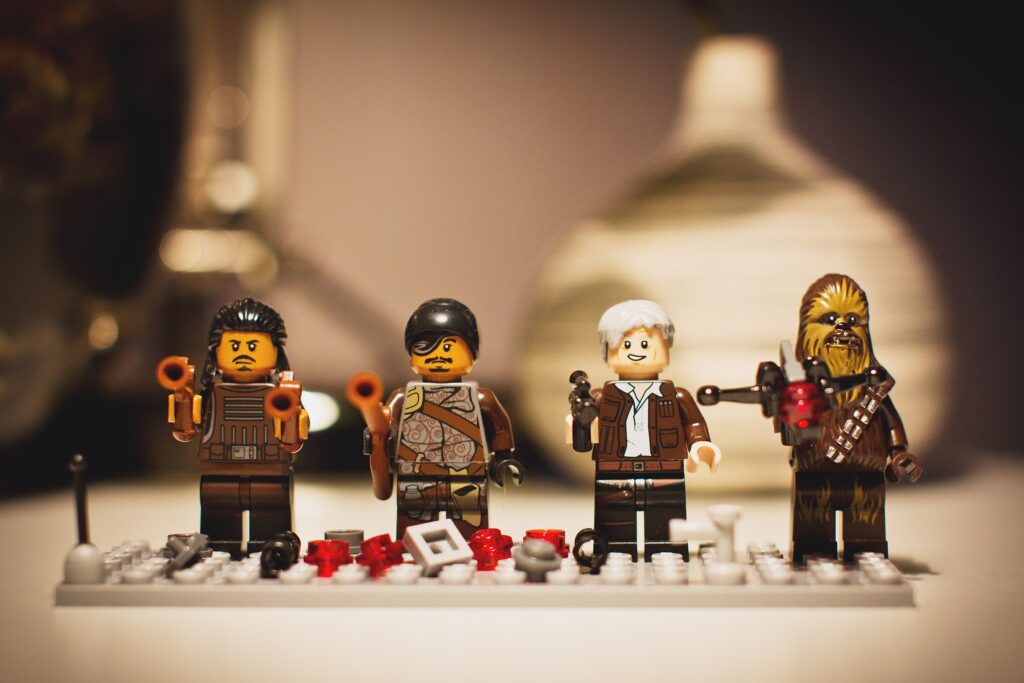
A type is someone who acts as an illustration for a specific category or group of people. Characters can be categorized as either generic or entirely personalized. For instance, ideological tensions may be seen in the confrontations between the characters in Hedda Gabler by Henrik Ibsen (1891) and Miss Julie by August Strindberg (1888), both of which are emblematic of particular places in the social relations of class and gender.
Do you like Avatar? If so, take this quiz yourself! Which Avatar Character Are You? Answer all the questions and find out now!
Character analysis requires an investigation of a character’s interactions with another character in the text. The web of objections a character builds with other characters determines how unique they are as people. With time, the connection between characters and the story’s events shifts, frequently mirroring societal shifts in perceptions of a person’s autonomy, willpower, and social structure.
Authors of fiction employ a range of strategies to create interesting characters. Sometimes characters are conjured from imagination, and other times they are produced by improving a real person’s character trait into a brand-new fictitious creation.
Are you a fan of Pixar? If so, take this Pixar test! Which Pixar character are you? Answer all the questions to find it out now!
An author or creator has various possibilities when developing a character who is based on a real person: they may choose a historical figure, a current individual they haven’t come across, or themselves, albeit the latter option serves as both an author-surrogate and an example of self-insertion.
Some iconographic works, like Animal Farm, which depicts Soviet revolutionaries as pigs, employ a famous person with instantly recognizable qualities as the basis for the main character. Other writers, especially those who specialize in historical fiction, base their books on real people and their lives, as is the case with The Paris Wife, that revolves around Ernest Hemingway.
The fundamental character archetypes, such as the father figure, hero, etc., that are present in many ethnic lineages can be used by authors to construct characters. Some writers base the characteristics of their characters on Carl Jung’s archetypes. Components of the story usually follow the system’s assumptions for the storyline when an archetypal from that model (like Jung’s) is used.
Authors can also employ common plot elements, who are frequently dull, to make fictitious characters. They typically play supporting or auxiliary roles. Shakespeare, who took his braggart soldier image as his inspiration for Falstaff, is an example of how some authors have used archetypes as the basis for developing finely detailed characters.

Some writers create charactonyms for their characters. A name that alludes to a person’s appearance, mental state, or metaphorical allusion is called a charactonym.
Hello there Toy Story fans! What Toy Story character are you? Check out twenty questions from this quiz and find out the answer today!
Shakespeare has the delicate young man Mercutio, Steinbeck has the endearing, kind character Candy in Of Mice and Men, and Mervyn Peake has the Machiavellian, crafty, and murderous villain Steerpike in Gormenghast. Additionally, look may be described using the description. For instance, the giant whale in Pinocchio is referred to as Monstro, but Rabelais gave a behemoth the name Gargantua.
E. M. Forster made a distinction amongst flat and round individuals in his writing, describing the traits, functions, and importance of each kind for the plot’s advancement. Flat characters are two-dimensional due to their relative simplicity. On the other hand, rounded characters are multifaceted people with a variety of traits that occasionally change, and surprise the reader.
Based on the Big Five model of personality, characters who are round or complicated may be deemed to have 5 personality traits. The five traits are:
One-dimensional and flat characters are typical in fiction. Mary Sues, who commonly appear in fanfic and are therefore viewed as flat characters, are virtually flawless characters.
Would you like to try another 5000 Characters Test? Click this link and have fun!
Another type of flat character is a “walk-on,” as Seymour Chatman dubbed people that aren’t fully developed and individualized but instead are a part of the backdrop or the atmosphere of the tale.
Which fictional character is most closely like you? Twenty questions to answer, then check it out yourself! We really hope you enjoy yourself. Good fortune!